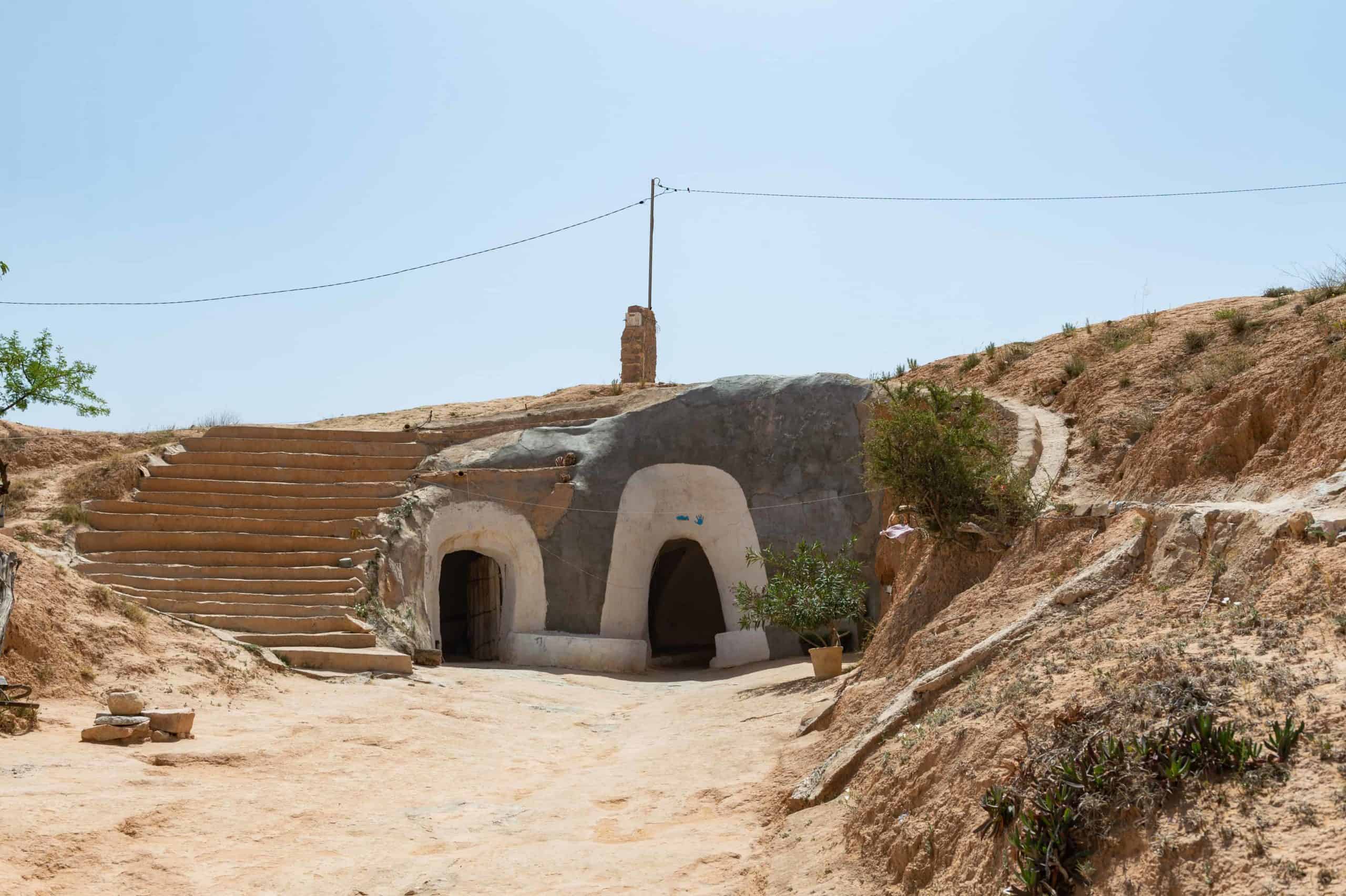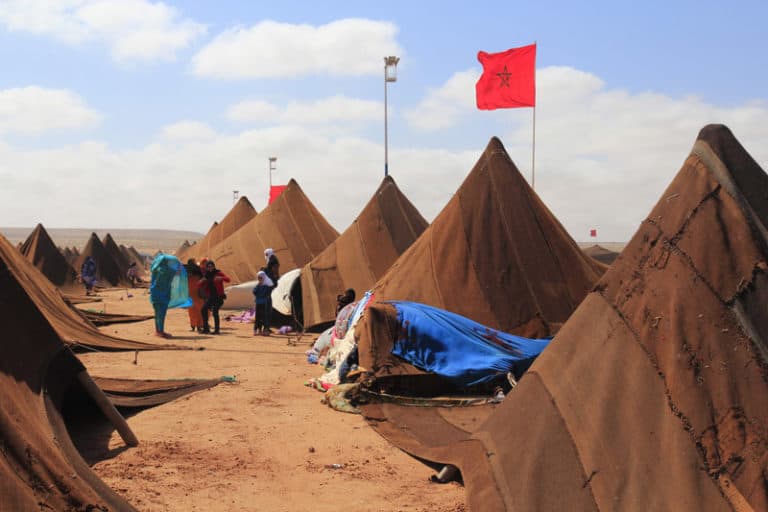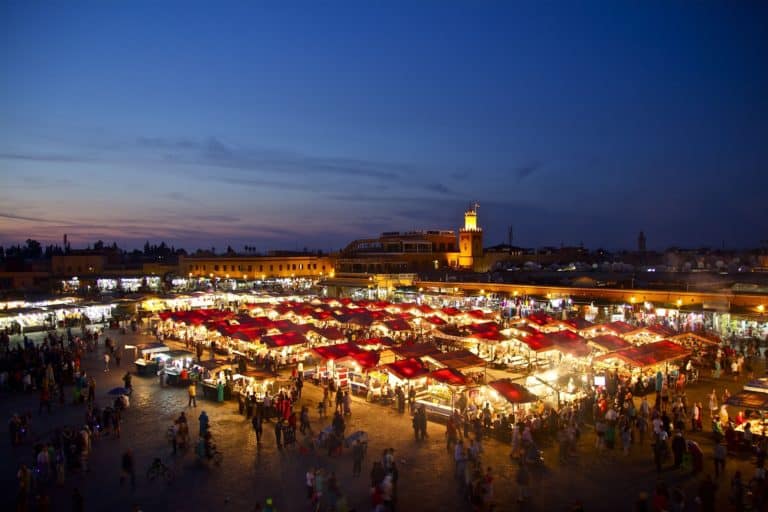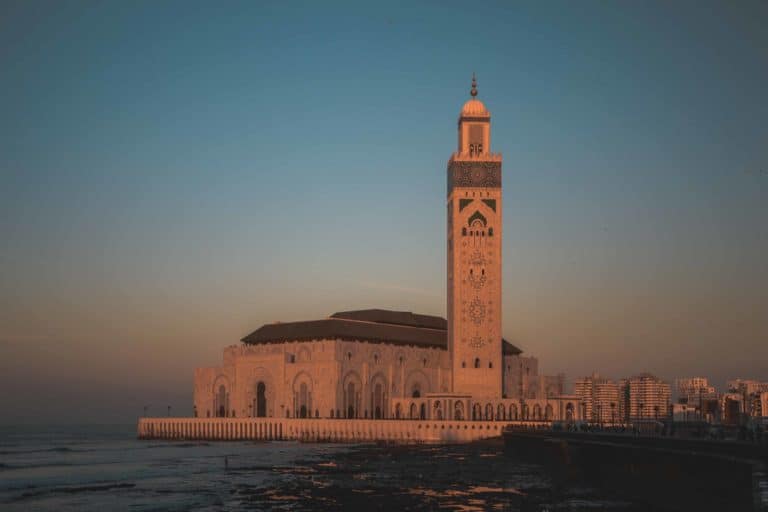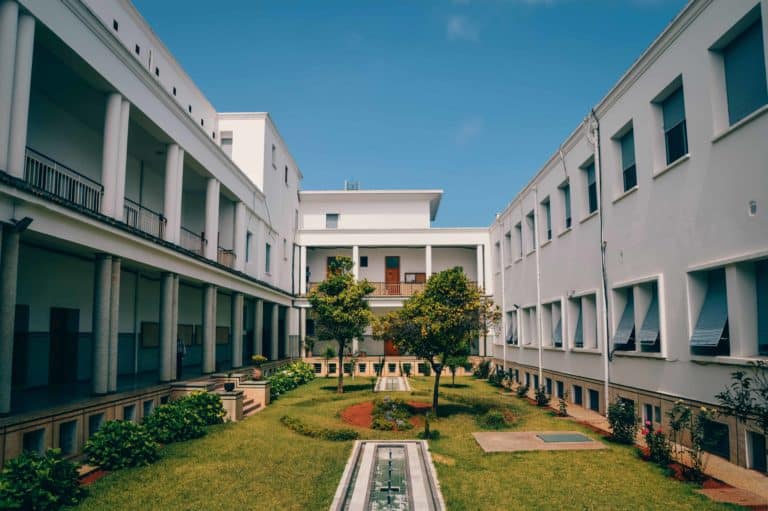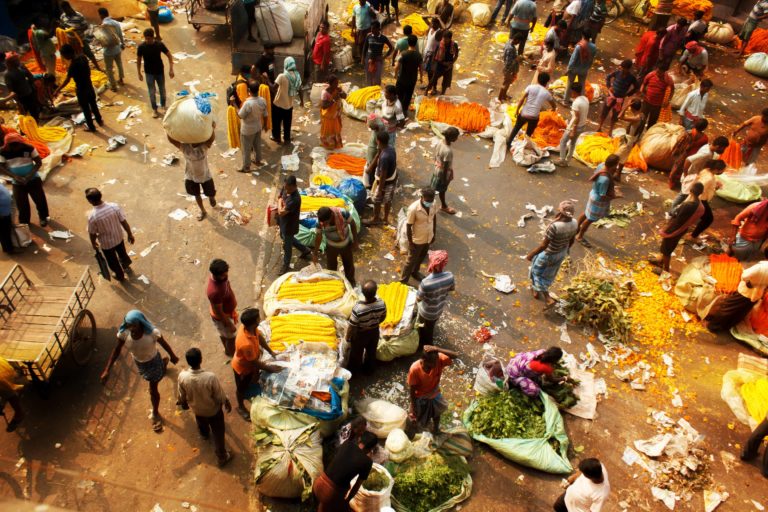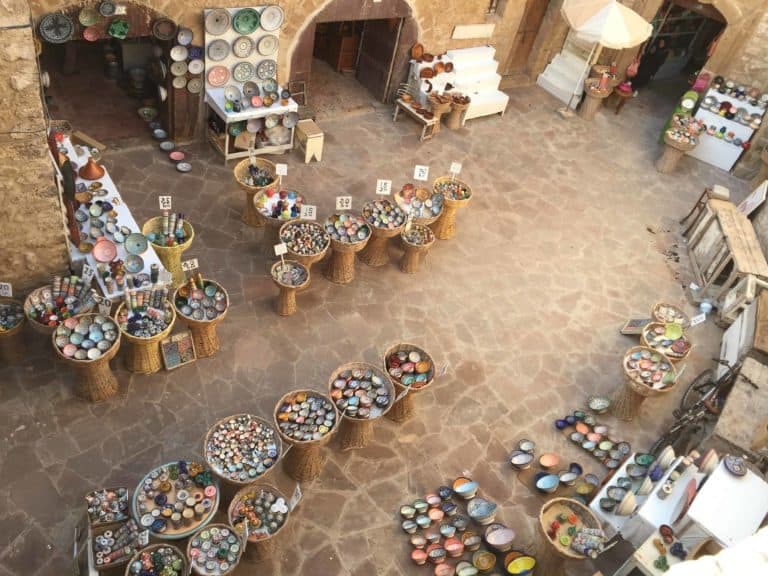Discovering the history and culture of Moroccan Berber tribes
The Moroccan Berber tribes have a rich and diverse cultural heritage that has been shaped by centuries of history, tradition, and interaction with other cultures. Their history is complex and multifaceted, with many different factors contributing to their unique identity.
One of the key factors that has influenced Berber culture is their geography. The Atlas Mountains, which run through Morocco and other parts of North Africa, have played a significant role in shaping Berber identity and history. The mountains have provided a natural barrier against external influences, and they have also served as a refuge for Berber communities during times of conflict and instability.
The Berber tribes have also been shaped by their interactions with other cultures over the centuries. As traders and merchants, the Berbers have had contact with many different groups, including the Phoenicians, Romans, Arabs, and Europeans. These interactions have led to the adoption of new technologies, languages, and cultural practices, as well as to conflict and resistance.
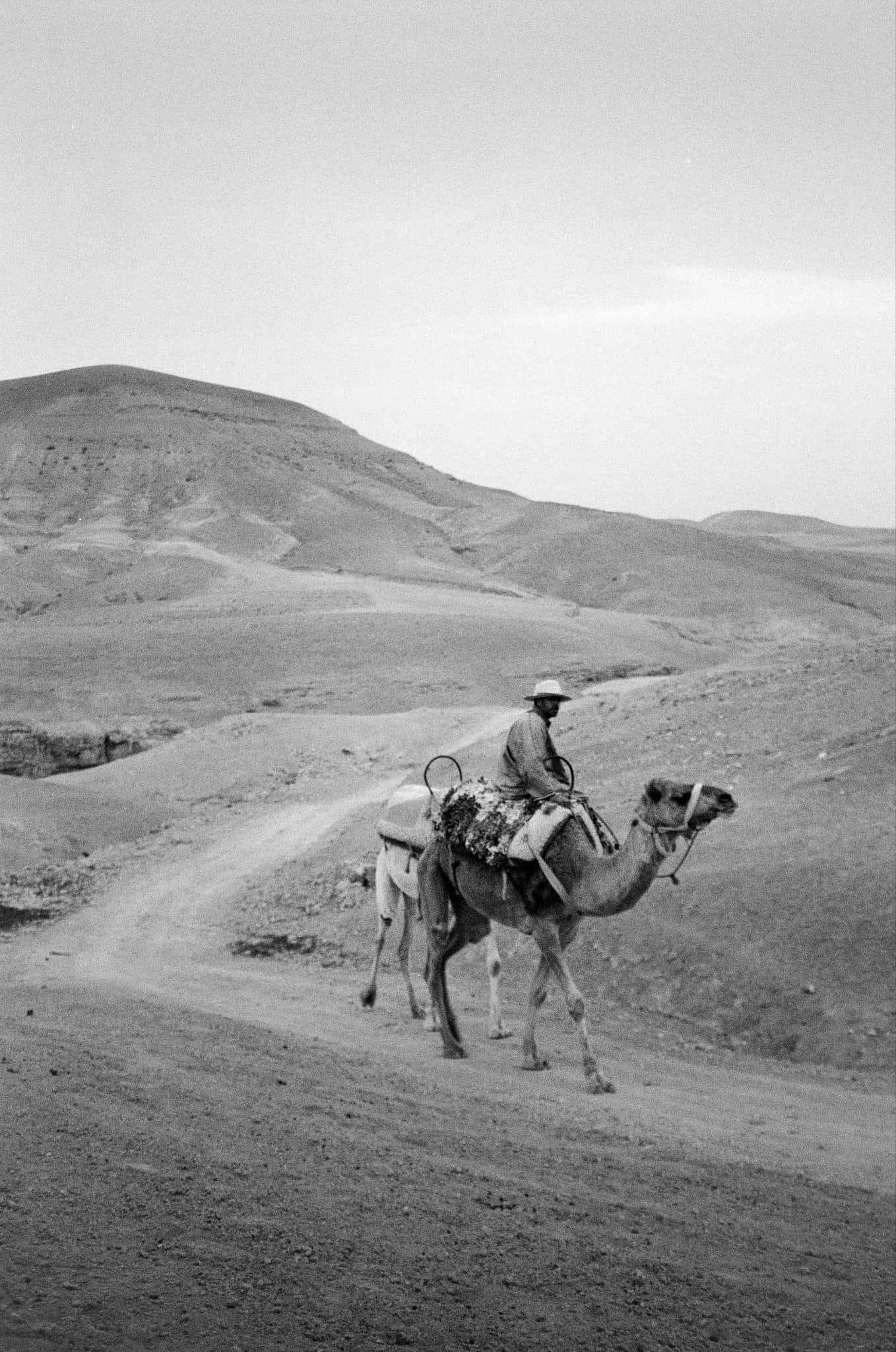
One of the most important aspects of Berber culture is their language. Berber languages are a group of closely related languages that are spoken by millions of people in North Africa. Despite attempts by colonizers and other groups to suppress the use of Berber languages, they have survived to the present day, and efforts are being made to promote their use and preservation.
In addition to language, Berber culture is also characterized by its music, art, and literature. Berber music is known for its use of traditional instruments, such as the guembri (a three-stringed bass instrument), and for its complex rhythms and melodies. Berber art includes a variety of styles, including textiles, pottery, and jewelry, and is often characterized by intricate patterns and bright colors.
Berber literature includes a rich tradition of poetry, storytelling, and oral history. Many Berber stories and legends have been passed down through generations, and they often reflect the values and beliefs of the community. These stories often incorporate themes of nature, spirituality, and community, and they have helped to shape Berber identity and culture.
Despite the challenges faced by the Berber tribes over the centuries, their culture and traditions have endured. Today, there are many Berber communities in Morocco that continue to maintain their distinct way of life, and efforts are being made to promote and preserve their cultural heritage. Visitors to the country can learn about Berber history and culture by attending festivals, visiting museums and cultural centers, and experiencing their cuisine and hospitality firsthand.
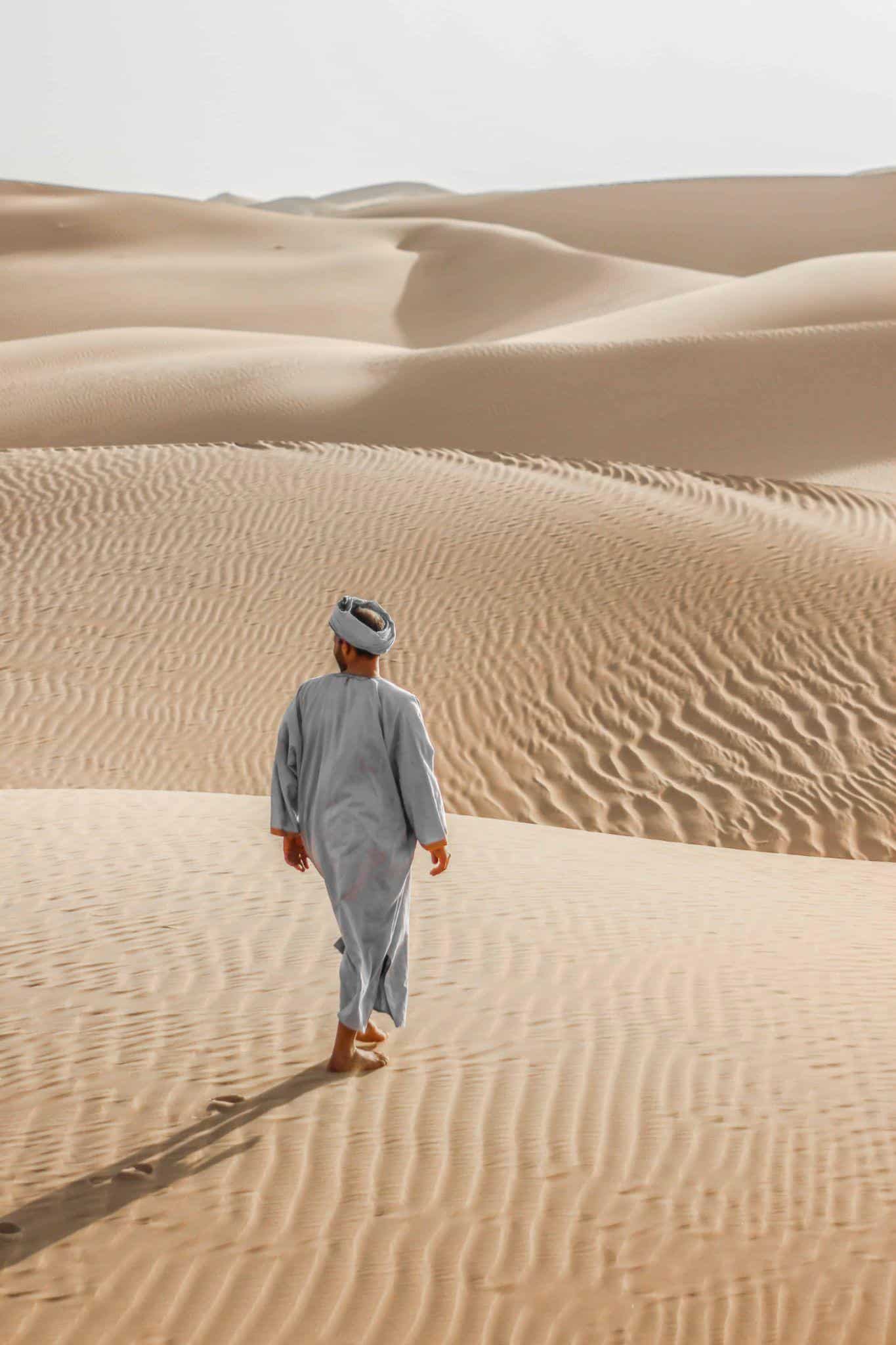
One of the best ways to experience Berber culture is by attending one of the many festivals that take place throughout the year. These festivals often involve music, dance, and other cultural activities, and they provide a unique opportunity to learn about Berber traditions and customs. Some of the most popular festivals include the Imilchil Marriage Festival, the Rose Festival in the Dades Valley, and the Gnaoua Festival in Essaouira.
Another way to experience Berber culture is through food. Berber cuisine is characterized by its use of local ingredients and spices, and it includes dishes such as tagine (a slow-cooked stew), couscous (a dish made from semolina and vegetables), and harira (a soup made with lentils and chickpeas). Visitors to Morocco can experience Berber cuisine by visiting local markets and restaurants, where they can sample traditional dishes and learn about the ingredients and cooking techniques.
It is also worth noting that Berber culture is not limited to Morocco alone. Berber communities can be found throughout North Africa, including Algeria, Tunisia, and Libya. Despite the challenges faced by Berber communities in these countries, their culture and traditions continue to thrive, and efforts are being made to promote and preserve their heritage.
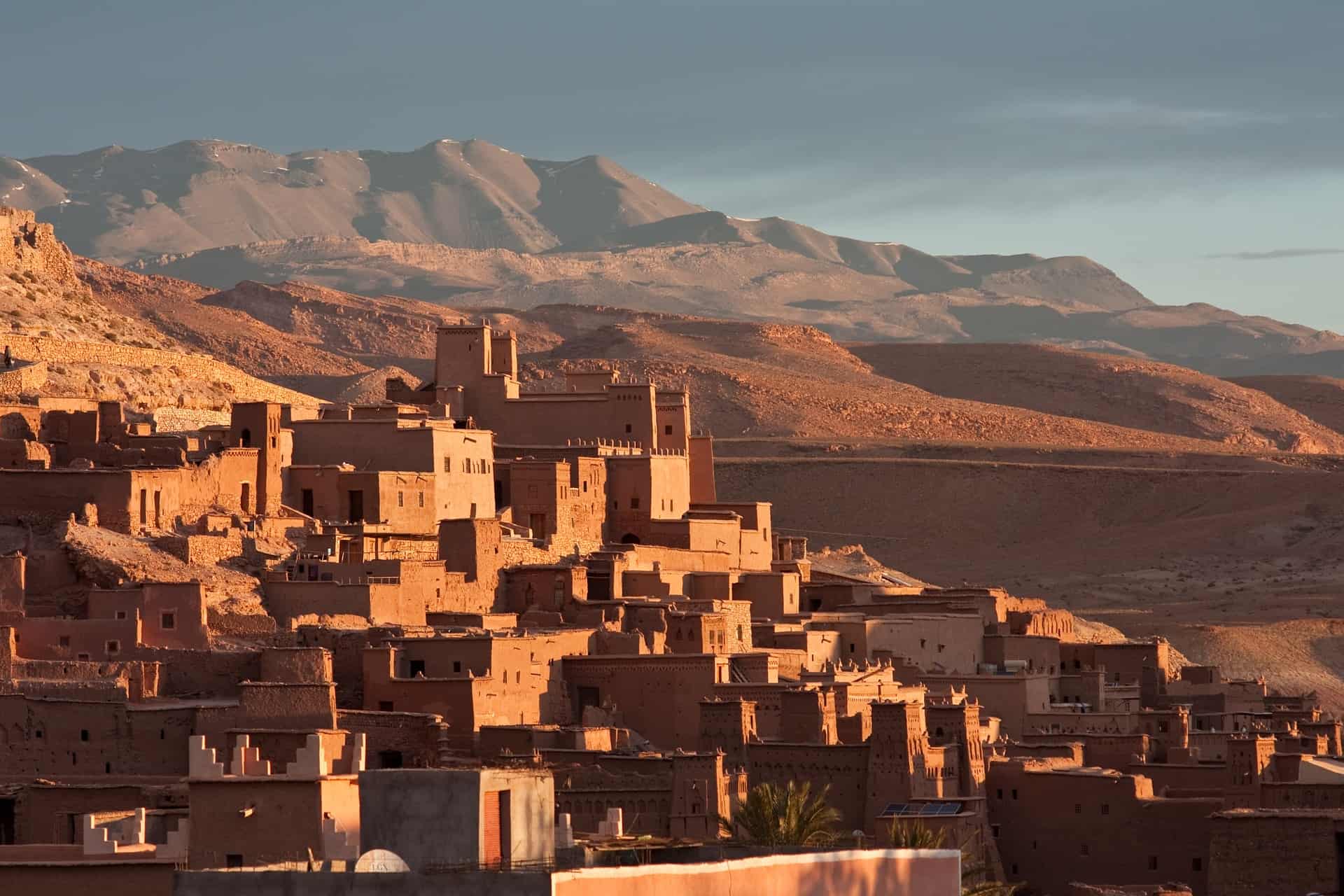
Furthermore, there is still much to be learned about Berber history and culture. While there has been increased interest in recent years, many aspects of Berber culture remain understudied and underrepresented. This highlights the need for continued research and education to help shed light on this important part of North African heritage.
In recent years, there have been some efforts to promote the use of Berber languages in education and government. In 2011, Morocco adopted a new constitution that recognized Tamazight (the main Berber language spoken in Morocco) as an official language of the country. This was a significant step forward in recognizing the importance of Berber culture and language in Moroccan society.
Despite these positive developments, there is still much work to be done to ensure that Berber culture is fully recognized and celebrated. This includes promoting the use of Berber languages in education and government, preserving cultural sites and artifacts, and supporting the efforts of Berber communities to maintain their distinct way of life.
The Berber tribes of Morocco have a rich and complex cultural heritage that has been shaped by centuries of history and tradition. Their language, music, art, and literature reflect their unique identity and history, and their cuisine and hospitality provide a window into their daily life. Visitors to Morocco can learn about Berber culture by attending festivals, visiting museums and cultural centers, and experiencing their cuisine and hospitality firsthand. By promoting and preserving Berber culture, we can help to ensure that this important part of North African heritage is not lost, but rather celebrated and shared with future generations.

